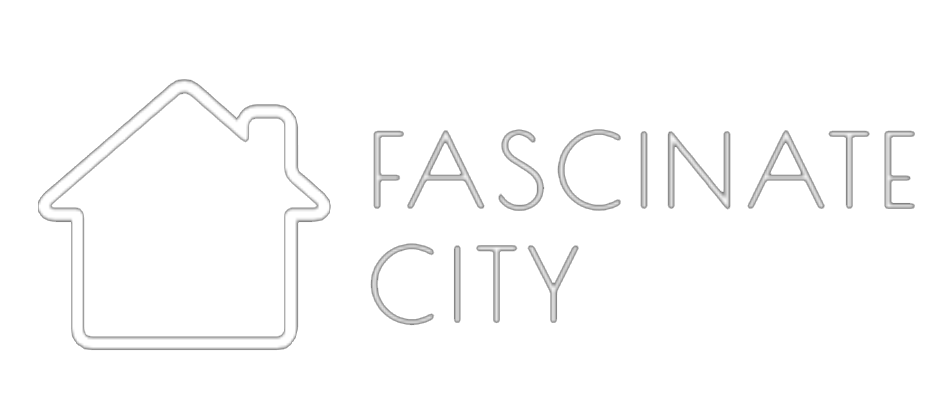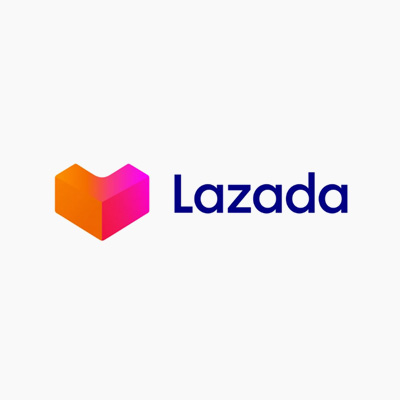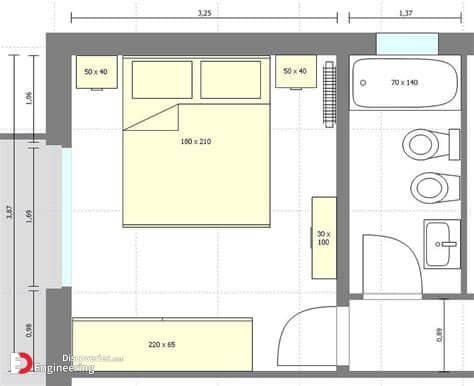There’s something thrilling about watching a design contest unfold. You post a brief, and soon dozens of creative minds are interpreting it in their own way—each bringing fresh ideas, unique styles, and unexpected visions to the table.
It’s exciting, fast-paced, and full of potential. But, beneath all that creative energy lies a practical side that often gets overlooked. If you haven’t guessed it yet, it’s the legal and IP (intellectual property) details that decide who owns what, and how those designs can be used.
Skipping those details might seem harmless at first, but that’s where most misunderstandings begin. Whether you’re starting a logo contest or a full branding challenge, setting clear terms around ownership, licensing, and deliverables is what separates an idea from a professional collaboration.
This guide walks through what designers need to know about IP in contests, as well as the key legalities that keep contests fair, transparent, and stress-free, so that everyone walks away happy and on the same page.
Why Legal Clarity Matters in Design Contests?
Curious why legal clarity means so much for a design contest? That’s because when contest terms are vague or missing altogether, the risks start stacking up, and they’re not just legal headaches. Without clearly defined ownership, you could end up in ownership disputes. Designers may assume they still own their submissions, even after a client wins, or worse, two designers could lay claim to a similar or derivative design concept. Issues around design contest intellectual property are one of the most common sources of confusion in these situations.
A major contributor to this problem is how often certain visual ideas repeat themselves in the design world. Many designers unknowingly lean on generic logo concepts or well-known creative styles that mimic overused logo themes. It’s an even trickier issue when submissions unintentionally echo protected elements—something often explained through the lens of copyright, trademark, and derivative design.
According to attorney Aaron Hall, a common pitfall in crowdsourced design contests is that they don’t explicitly state how IP is assigned, leaving both parties confused and exposed. These issues stem from inconsistent communication and inadequate record-keeping.
Sure, imitation is the best form of flattery, but not when it comes to graphic designs. Plagiarism is another major concern in contests, where entrants may unintentionally—or intentionally—use unlicensed images, fonts, or ideas, or use logo design elements with an uncanny resemblance to another brand’s logo. When organizers don’t clearly require originality or proper licensing, they risk being liable for copyright infringement.
Real-world cases make this clearer. Some design contest organizers have been criticized for encouraging inspiration from other entries, leading to idea theft and unfair competition. There’s also a frequent issue of bifurcated ownership: a designer transfers copyright but retains another form of IP, such as moral rights, leading to future legal tension. This often becomes a problem when licensing design contest entries hasn’t been clearly addressed from the start.
The financial and emotional costs are not small either. In a UK survey, more than 38% of design rights owners reported revenue losses between £5,000 and £500,000 due to infringement. Even though only around 11.6% took those disputes to court, the impact on growth and relationships was palpable.
Likewise, in the US, intellectual property theft is a massive problem. Estimates show that American companies lose between $225 billion and $600 billion annually due to copyright piracy, counterfeiting, and other IP crimes.
Clear, well-drafted contest terms make all the difference. By defining IP transfer, setting rules on originality, and spelling out usage rights, you create a foundation of trust. Designers feel secure that their work is respected, and contest holders know exactly what they’re getting and how they can use it. That legal structure minimizes conflict and encourages higher-quality participation.
Terms and Conditions of a Design Contest
Before we even get into the intellectual-property side of things, every design contest—no matter the platform or budget—should clearly spell out a few basic terms upfront.
Eligibility and Entry Rules: Who can participate (age, region, professional status).
Originality Requirement: All submissions must be original work created by the entrant.
Prize and Payment: Specify prize amount, payment process, and timeline.
Usage Guidelines: Basic overview of how entries may be shown (e.g., contest gallery).
Dispute Resolution: How conflicts will be handled (mediation, arbitration, or jurisdiction).
Once these foundations are in place, then the contest can move into the part that actually protects everyone’s work, and that’s where things often go wrong.
Key IP Clauses You Must Include
IP (intellectual property), in simple terms, refers to the legal rights creators have over their original work, including ownership, use rights, and protection against unauthorized use. When these rights are clearly defined from the start, contests run more smoothly, disputes are kept to a minimum, and both designers and clients feel protected.
The key IP contest terms for design projects include:
1. Originality of Submissions
Participants must guarantee that their design is fully original and that they hold the legal copyright. If they use any third-party elements, such as specific stock images or licensed fonts, they must have proper permissions. This clause protects the organizer from plagiarism claims and requires entrants to indemnify the contest holder in the event of infringement.
2. Warranties and Indemnification
Here, designers confirm their submission does not violate anyone else’s intellectual property. If a claim arises (even months later), the designer agrees to cover losses, legal fees, or damages linked to that breach. This clause serves as a safety net for organizers who might otherwise face costly legal consequences.
3. IP Ownership for Winning Entries
For the winning design, the terms must clearly outline what happens to the rights. There are two standard models:
Option A: Assignment of Rights: The creator transfers all IP rights (copyright and, where applicable, design or trademark rights) to the organizer. This model highlights how copyright and trademark in design contests are handled and is the most common route when the winning design becomes a commercial asset, like a logo or product design.
Option B: Exclusive License: Instead of giving up ownership, the designer grants the organizer an exclusive, perpetual, worldwide, royalty-free license. The organizer can use, modify, and reproduce the work for any purpose, but the designer technically remains the copyright holder.
Hand-Off Files: What the Final Delivery Should Include
Once a winner is selected, the real work begins—getting your hands on files you can actually use. A design may look great on screen, but without the right formats and specifications, it can quickly become a headache for printers, developers, or future brand updates. That’s why your contest terms should spell out exactly what the winning designer needs to deliver, especially when it comes to file-handoff legal design contest requirements.
1. Required Formats
Make it clear that you need the original, editable source files, not just flattened images. As part of your logo design deliverables, this should typically include layered files like .AI, .PSD, or Figma files, along with high-resolution export formats such as JPG, PNG, or SVG for quick use across digital platforms.
2. Vector vs. Raster
For logos and illustrations, vector files are non-negotiable. They scale cleanly from small items like business cards to large signage or billboards. Raster files have their place, but vectors ensure long-term flexibility and print-ready clarity.
3. File Details
List out the technical specifics to avoid back-and-forth later. Mention color modes (such as RGB for digital use and CMYK for print materials to pop), font outlines to prevent missing typefaces, and any linked assets that must be included. If certain dimensions or bleed areas are required, this is the place to call them out.
4. Designer’s Notes
Encourage designers to include a short note or document explaining any key choices or functional details. This could cover animation guidance, character limits, color palette, or anything a future developer or marketer should know. These notes often save time and prevent guesswork during implementation.
Licensing Requirements to Never Skip
Even after you’ve defined ownership and transfer terms, there are a few licensing details that need just as much attention. These small but important pieces help ensure your IP rights design contest rules are airtight and prevent issues long after the contest ends.
1. Third-Party Assets
If the winning design includes external resources—such as fonts, stock photos, mockups, or illustrations—the designer must provide proof that these assets are properly licensed. Your terms should require confirmation that each license allows commercial use and, if needed, sublicensing to you as the contest organizer. This step protects you from unexpected claims later.
2. Promotional Use
Not all entries will win, but many may still appear in your marketing. To keep this transparent and fair, define the scope of the license you receive for non-winning designs. In most contests, this is a limited, royalty-free license used solely to promote the contest across websites and social platforms, as well as in future campaigns. This keeps things clear while respecting the creator’s ongoing ownership.
Best Practices for Both Contest Holders and Designers
A design contest works best when everyone understands their responsibilities, especially when the design contest’s intellectual property and licensing rules come into play. These simple habits help avoid disputes, strengthen trust, and make the final handoff smooth for everyone involved.
For Contest Holders
• Use clear templates for contest terms and hand-off agreements.
Solid documentation removes guesswork. Whether it’s outlining IP expectations, listing required file formats, or clarifying licensing rights, having a standard template keeps every contest consistent and legally protected. It also gives designers confidence that you’re running a professional, well-structured competition.
• Verify originality before awarding the prize.
A quick reverse-image search or request for source files can save you from costly copyright issues. Confirming that the submitted work is genuinely original—not traced, copied, or pulled from stock—protects your brand and ensures the prize goes to a deserving creator.
For Designers
• Keep drafts and working files as proof of authorship.
Layered files, sketches, and early versions are invaluable if there’s ever a question about who created what. They show your design process clearly and can support you if originality is challenged.
• Read contest rules carefully before submitting.
Every contest handles ownership and licensing of design contest entries differently. Understanding these terms upfront helps you avoid misunderstandings, especially when it comes to how your work can be used, shared, or transferred after the contest ends.
Bonus FAQs We’d Like to Add
Design contests often bring up a lot of “wait, how does this really work?” moments, especially around legal rights and ownership. To make things easier, here are clear, practical answers to the issues creators and contest organizers ask most often.
How do I copyright a design?
Copyright protection automatically applies the moment you create an original design, but registering it makes things official. To do that, you file an online application with the US Copyright Office, pay the fee, and upload a copy of your work. Registration isn’t required to own the copyright, but it is required if you ever need to take legal action. It is your proof of authorship if someone copies your work without permission.
What are the four types of intellectual property?
Intellectual property comes in four main forms, each protecting a different kind of creativity or innovation:
Patents safeguard inventions—everything from machines to processes—for a limited period (usually 20 years).
Trademarks protect brand identifiers like names, logos, and slogans, and they can last indefinitely as long as they’re actively used and renewed.
Copyrights cover original creative works, including artwork, writing, music, and more. In the US, protection typically lasts for the creator’s lifetime plus 70 years.
Trade secrets protect confidential business information, such as formulas or strategies, that gives a competitive advantage. There’s no registration; protection lasts as long as the information remains secret.
Can someone get sued for copying a design?
Yes, copying someone else’s design can lead to legal trouble, even if the design isn’t formally registered. Courts can still enforce penalties, and may be required to compensate the original creator. When in doubt, always create your own work or get proper permission before using someone else’s.
What happens if multiple designers submit similar ideas in a contest?
Similar ideas can appear, but originality is judged by execution, style, composition, and unique expression. Working files can verify independent creation. Entries that clearly copy another design may be disqualified under the contest’s originality rules.
Launch a Design Contest!
Running a design contest can be incredibly rewarding, but only when the legal and IP details are handled upfront. Clear terms, well-defined ownership, proper licensing, and thorough file handoffs keep both designers and organizers protected, build trust, and ensure your contest runs smoothly from start to finish.
Give your brand the creative boost it deserves! Start a design contest and watch your vision take shape.
The post Legal and IP Essentials for Design Contests: Terms, Hand-off Files, and Licensing appeared first on ZD Blog.




